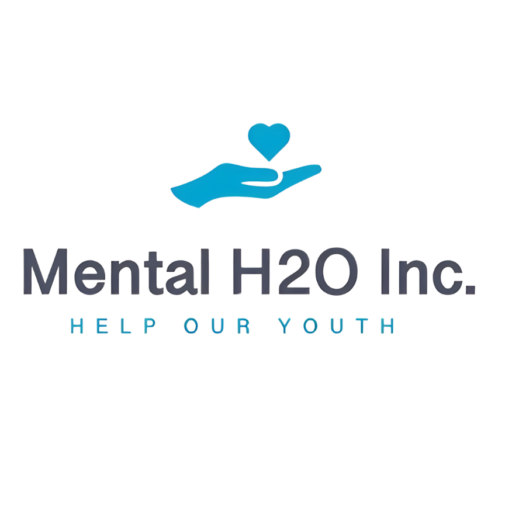Every day people are put through stressful situations. Whether it’s school, work, friends, or family, sometimes it feels as though stress can be attacking from all sides. This can lead to a person wishing for an escape from it all, a way to avoid the stresses in life even if it’s just for a moment. This mindset can lead to what is called escapism, a common coping mechanism used when a person wishes to avoid their problems.
What is Escapism?
Escapism is defined as “The tendency to distract oneself from real-life problems. It can also be conceived as shutting meaning out of one’s mind and freeing oneself from self-awareness for a while” (www.ncbi.nlm.nih.gov). The main purpose of escapism is to avoid or distract yourself from problems you may face. Examples of escapism can include:
- Throwing oneself into work
- Physical activities
- Consuming media (movies, TV, video games, social media, etc)
- Shopping
- Overeating
- Substances (Alcohol, nicotine produces, drugs, etc)
- Daydreaming
- Addictive behaviors
Escapism is a coping method that can have positive and negative impacts on the users. It’s important to understand whether using escapism is a helpful solution or if it’s a harmful one.
Positive Forms of Escapism
Escapism is good when you need a temporary break from a stressor, such as work, school, or relationships. When constantly surrounded by stress it can cloud our judgment and emotions, which is why escapism can be such a powerful coping skill. By temporarily taking your mind off of the things that cause you stress it gives you time to calm down and approach your stressors with a new point of view, a better mindset, and a more balanced emotional state. An example of a positive use of escapism is often found in authors. When experiencing writer’s block, the feeling of not being able to or not knowing what to write, many authors choose to avoid writing with distractions. Watching a movie, taking a walk, reading a book, whatever it may be it’s often then when using escapism that authors can find inspiration.
Using escapism can also be considered a form of self-care. Doing things such as taking a vacation, eating comfort meals, watching your favorite show, etc, instead of working are forms of escapism. Escapism is one of the ways our minds attempt to prevent burnout and stress. Remember that it is okay to take breaks and be self-indulgent at times, using something as an escape or to relax is healthy to do in moderation.
Negative Forms of Escapism
While using escapism as a way to relax and take a break, escapism can easily transition from a break from your problems to running away from your problems. It’s important to remember that escapism is a temporary coping skill, at some point, you must face your problems instead of using escapes. A common form of negative escapism is procrastination. When someone such as a student has a deadline for a major assignment that they don’t want to do, a common behavior is to avoid working on the assignment by doing other things. Things like social media, video games, and partying are distractions that people often use to avoid completing work. This over-avoidance of the assignment tends to lead to a stressful situation in which someone rushes to complete their assignment by the deadline or turns in the work late.
Another way escapism can be negative is the method of escaping used. Certain behaviors can be negative forms of escapism due to their addictive nature. Things such as social media, alcohol, drugs, gambling, shopping, and overeating are examples of poor forms of escapism. These behaviors are negative for two main reasons, first of which is because of how addictive they are. It becomes easy to overuse escapism when the form is addictive, as it makes it harder for the person to stop. The second reason these behaviors are negative is that many of these behaviors are harmful or potentially harmful. Social media, alcohol, gambling, and shopping can be harmful when not practiced in moderation, causing mental, physical, and financial harm. It’s best to avoid using addictive behaviors as escapism.
Advice
Overall, escapism is a coping mechanism that can be beneficial, but potentially be harmful. When used properly it can help decrease stress and reinvigorate a person. It’s important to remember it’s best to use escapism in moderation, or else it may end up causing more harm than good; think of it as a break from your problems, not a way to avoid or run from them. It’s also a good choice to avoid addictive behaviors, as it’s more difficult to moderate oneself when it comes to addictive actions. A good rule of thumb is that after using escapism you feel relaxed, energized, or level-headed then the escapism used had a positive impact. If it leaves you feeling stressed, overwhelmed, or avoidant of your problems after using escapism, it has a negative effect and you should try something different next time. Everyone uses escapism at some point in their life, you must learn what works for you and how to use this coping skill effectively.
Written By: Jaelyn Diaz, Mental H2O Youth Resource Writer


